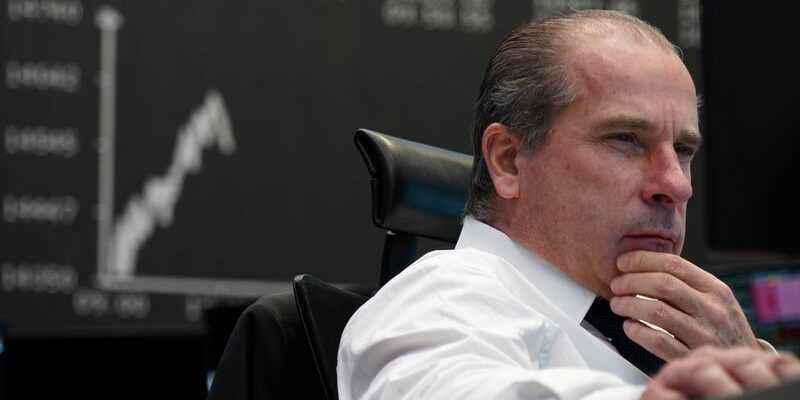Policymakers on Wednesday reiterated their commitment to controlling inflation, however painful it may be, and data on US core prices later in the session will only underscore the scale of the challenge.
“Inflation can be sticky,” warned ANZ analysts. “It is expanding from goods to services and wage growth is accelerating.”
“Even with rapid rate hikes, it will take time for labor market tensions to subside, meaning inflation may stay higher for longer.”
This suggests that it is too early to pick a peak for interest rates or a trough for equities, even though markets have already fallen significantly.
The S&P 500 lost almost 16% this quarter, its worst performance since the very beginning of the pandemic, while the Nasdaq posted a staggering 21% drop.
Early Thursday, S&P 500 and Nasdaq futures were both down 0.3%, with little sign so far that the new quarter will bring brave bargain hunters.
MSCI’s broadest index of stocks in the Asia-Pacific region outside Japan fell another 0.4%, bringing its losses for the quarter to 10%.
The Japanese Nikkei fell 0.8%, although its decline during the quarter was relatively modest (4%) thanks to the weakness of the yen and the determination of the Bank of Japan to pursue very easy policies.
The need for stimulus was underscored by data showing that Japanese industrial production plunged 7.2% in May, while analysts had forecast a drop of just 0.3%.
Chinese blue chip stocks rose 0.6%, helped by a survey showing a marked recovery in services activity.
JPMorgan analysts expect a strong rebound in China in the coming months and believe that with so much bad news in global markets, positioning argues for a rebound.
“It’s not that we think the world and the economies are in great shape, just that the average investor expects economic disaster, and if that doesn’t materialize, risk asset classes could recover. most of their first-half losses,” they wrote in a statement.
THE DOLLAR IN DEMAND
So far, the risk of recession has been enough to bring US 10-year yields back to 3.085% from their recent peak of 3.498%, still up 77 basis points for the quarter.
The yield curve has continued to flatten and has turned negative in the three to seven year range, while futures prices are almost fully priced for another 75 basis point rise in the Federal Reserve in July.
The Fed’s hawkish stance combined with investors’ desire for cash in tough times to deliver the US dollar its best quarter since late 2016. of 105.79, which is two decades old.
The euro was in trouble at $1.0442, having lost 5.6% for the quarter so far, although it remains just above the May low of $1.0348.
The Japanese yen is in even worse shape, with the dollar gaining more than 12% this quarter to 136.70 and hitting its highest level since 1998.
Rising interest rates and a strong dollar did not help non-performing gold, which was stuck at $1,818 per ounce after losing 6% in the quarter. [GOL/]
Oil prices held steady on Thursday on concerns about an off-season slowdown in U.S. gasoline demand as global supply remains tight. [O/R]
OPEC and OPEC+ end two days of meetings on Thursday with little hope of being able to pump much more oil despite pressure from the United States to increase quotas.
September Brent rose 2 cents to $112.47 a barrel, while US crude fell 5 cents to $109.73.
